The FlyFantasy F7 has been officially launched and its prices are as follows:
- An entry-level 66 kWh lithium iron phosphate version at 209,900 RMB;
- An advanced 77 kWh version at 229,900 RMB;
- An advanced 77 kWh Pro version at 249,900 RMB;
- A long-range 90 kWh (single motor) version at 249,900 RMB;
- A long-range 90 kWh Pro version (single motor) at 269,900 RMB;
- A performance 90 kWh Pro version (dual motor) at 301,900 RMB.
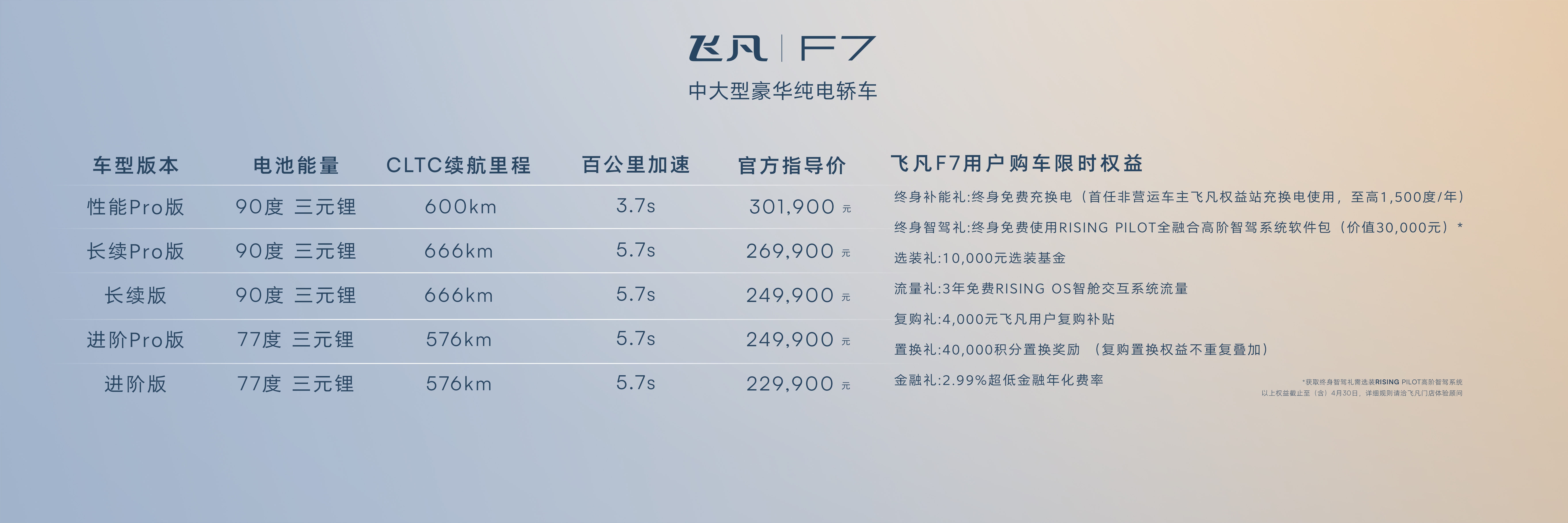
In terms of benefits, the FlyFantasy F7 is currently offering the following limited-time perks: up to 1,500 kWh/year “life-long power compensation”, a free “high-end intelligent driving software package” for life, 10,000 RMB of optional equipment fund, and 3 years of free data.
If you choose the battery leasing plan, the entry-level 77 kWh version will only cost 145,900 RMB. For a medium-sized car, the FlyFantasy F7 is quite affordable. In addition, the FlyFantasy F7’s standard configuration is also quite impressive:

Aside from the surprisingly affordable price, the first half of the FlyFantasy F7 launch event was also quite exciting. There were no complicated data or rankings, and the FlyFantasy F7 returned to the original purpose of a car:
How to create the most comfortable medium-sized sedan at the 300,000 RMB level.
Lie Down Flat in the “Bach Cabin”
If Beethoven’s music represents grand individual heroism and Mozart’s music represents graceful spirituality, then Bach’s music style is known for its rational harmony.
In Bach’s music, a simple melody framework is given a neat and orderly structure, full of “rational beauty”. The harmony is symmetrical and neat, and the melody appears in complex themes and variations. This musical technique is similar to the creation of a car’s cabin: to use rational thinking to create a sensory space within a limited and confined space, and to use restrictions to achieve the greatest freedom.
In the logic of FlyFantasy F7’s positioning as the “Bach Cabin”, the user is given a comfortable experience in the perceivable areas such as entertainment systems, acoustic systems, and seat design; while in the less perceivable areas such as noise reduction engineering and chassis performance, the cabin is given greater imaginative space through rational thinking.If you want to create a theater-like environment in your car, the three core elements are the entertainment brought by the large screen, the immersion provided by the audio system, and the comfort provided by the seats.
Buy a car, get a theater
In terms of screen configuration, the F7 and R7 of FEIFAN are the same, both equipped with a 43-inch triple screen in the front row. Regardless of the materials or resolution, the quality of these three screens is leading:
- Instrument panel: 10.25 inches, 1,920 × 720 resolution, mini LED material;
- Central control screen: 15.05 inches, 2.5k resolution, flexible OLED material;
- Co-driver screen: 12.3 inches, 1,920 × 720 resolution, mini LED material.
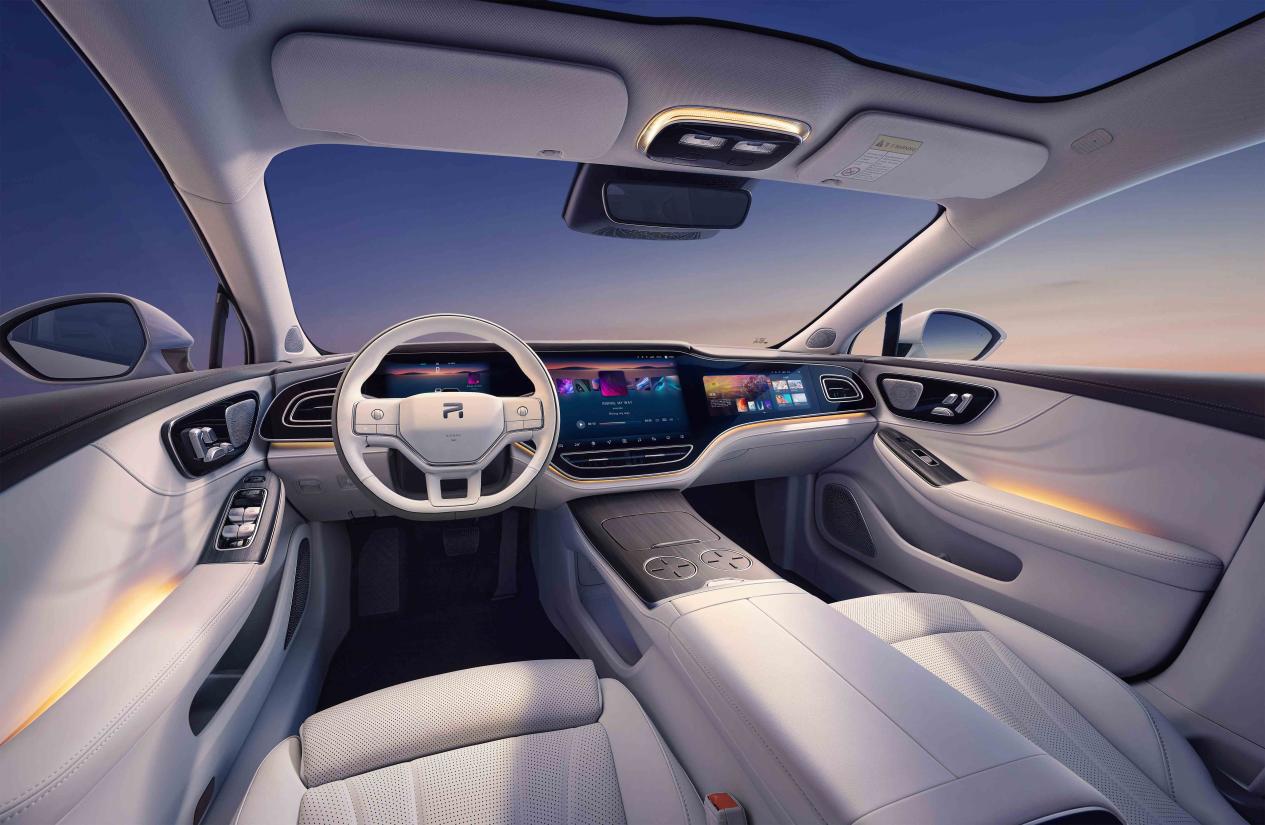
What many people overlook is that FEIFAN’s RISING OS is definitely noteworthy in terms of aesthetics. Behind the common form of the bottom Dock bar + right map + left quick card, FEIFAN highlights core information while making the display have a sense of space and artistry through the brightness contrast of the background color. The processing of the four dark corners also makes the three screens blend in with the entire cabin atmosphere.

In the back row, FEIFAN F7 added an 8-inch entertainment screen. This screen not only has the car control function to control the rear air conditioning, ambient lighting, and audio, but also can use entertainment functions such as KUWO, NetEase Cloud, and iQiyi. Unfortunately, although the 8-inch size is good, the lower position may require the rear passengers to “bow their heads to watch.”

The audio system is complementary to the screen. FEIFAN F7 has brought innovation to the sound effects in the cabin: interactive audio. If you have experienced Dolby Atmos, you should understand the experience brought by this function. Through the matching of audio equipment in different positions in the car, FEIFAN F7 makes the sound 3D, and the interaction of “listening to sound and identifying position” also comes from earbuds to the cabin.
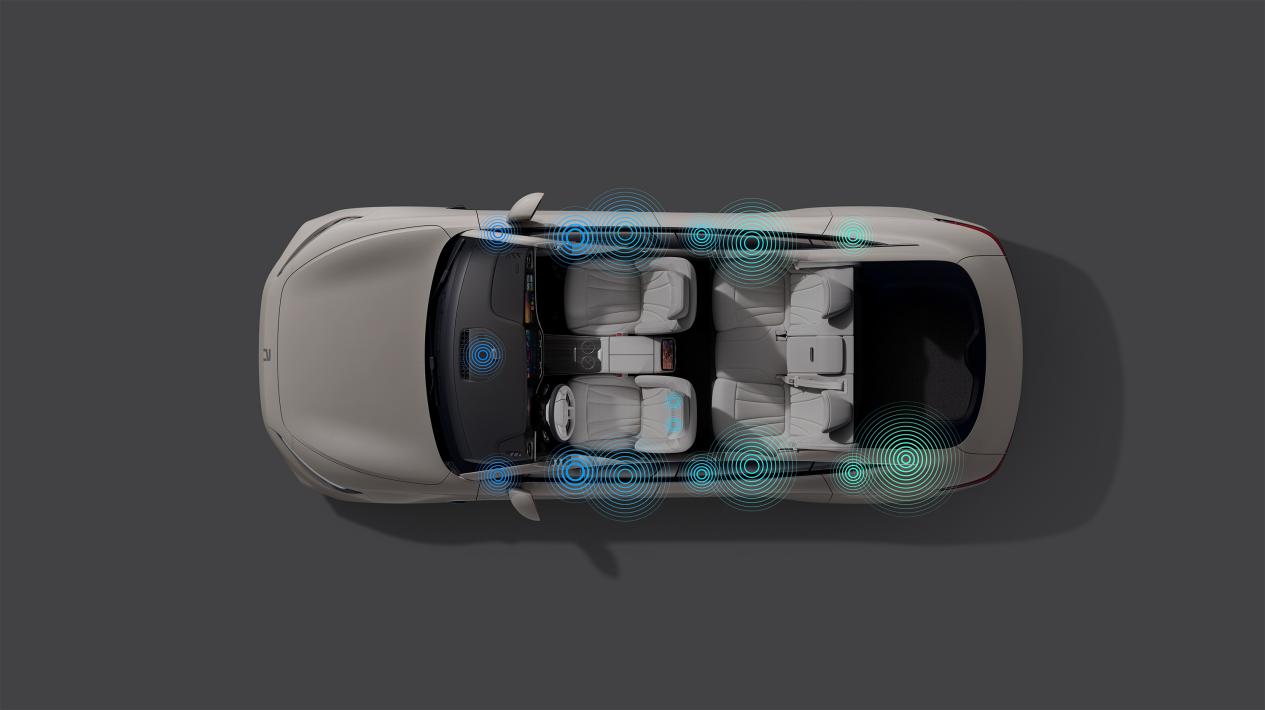
When the navigation system announces the left turn, the sound will come from the left side of the driver, so the visual focus does not need to shift to the screen. For example, when reversing, the FlyingFish F7 will give you feedback with sound to tell you the distance from obstacles. In the scenario where the driver shares the content of the central control screen with the co-pilot by “three-finger screen sharing”, the left-to-right directional change prompt sound will bring passengers a more intuitive and interactive experience.

In the scenario of taking a nap, the FlyingFish F7 can integrate directional audio into natural sounds such as blowing wind, birds singing, insects chirping, waves and raindrops. Perhaps in the future, we can hide in the car and have a three-dimensional ASMR experience under the pressure of fast-paced work and life.
In terms of sound effects design, the FlyingFish F7 has also made special tuning and optimization for “music hall” and “theatre mode”. By combining reflected sound and reverberation parameters in the cabin, the experience of music hall and theatre scenes can be reproduced in the cabin.
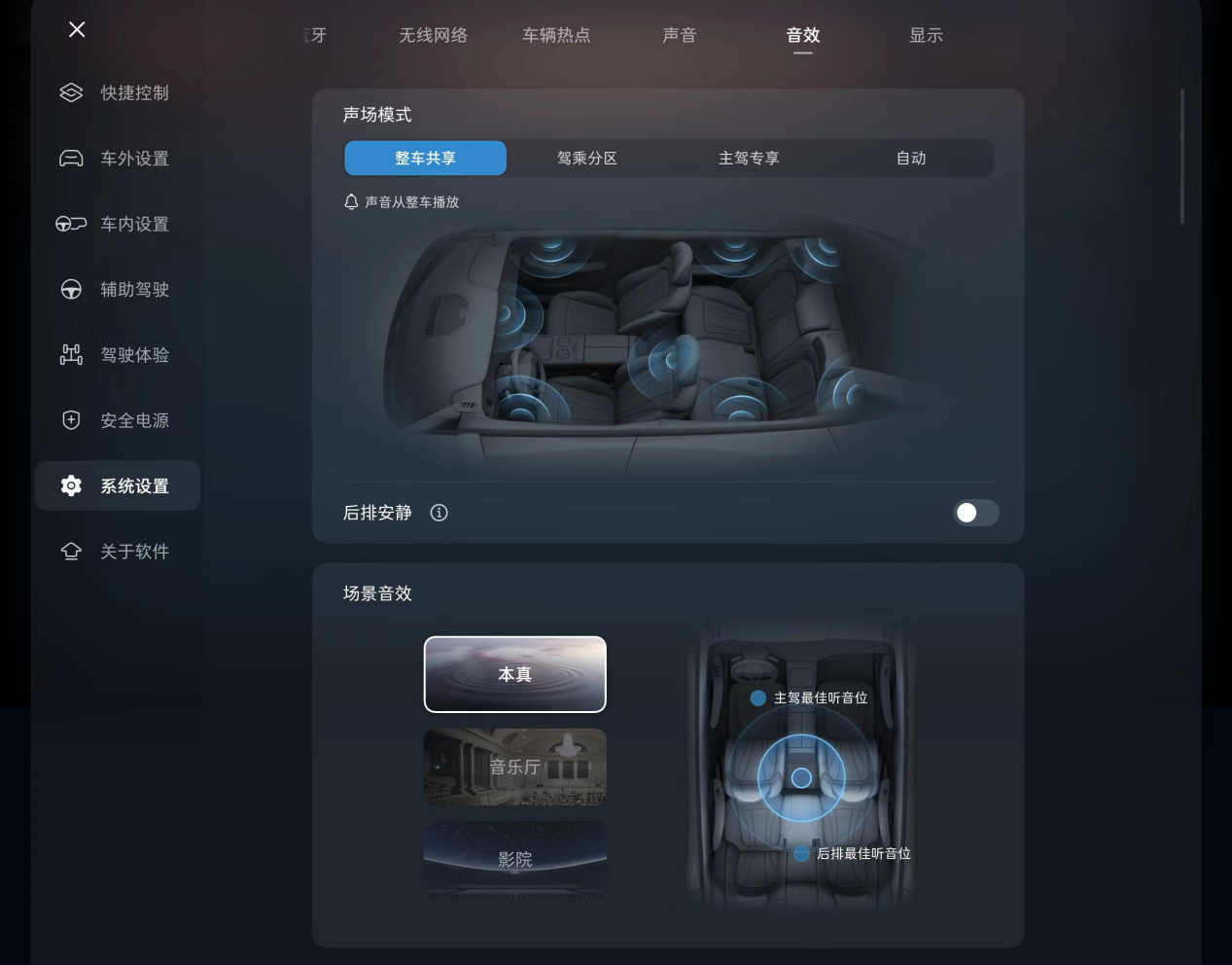
The rich gameplay is based on the audio hardware configuration of the FlyingFish F7. The FlyingFish F7 is the first to activate the onboard high-pass Snapdragon 8155 DSP, freeing up 1.5 G of audio computing power. Because the built-in DSP module of the SoC is connected, the increase in information transmission capability between the FlyingFish F7 and the upper-level software can synchronize and interact with 112 channels of audio signals, ten times that of traditional architectures.

In addition, the FlyingFish F7 uses an independent ADI DSP as hardware supplement. Under this architecture combination, the FlyingFish F7 supports a 5.1/7.1-channel audio system composed of 16 speakers. The benefit of connecting DSP and the cabin domain controller is that the FlyingFish F7 connects all local and cloud application audio data interactions. It can provide rich sound effects experiences for in-car KTV, movies, games and other functions.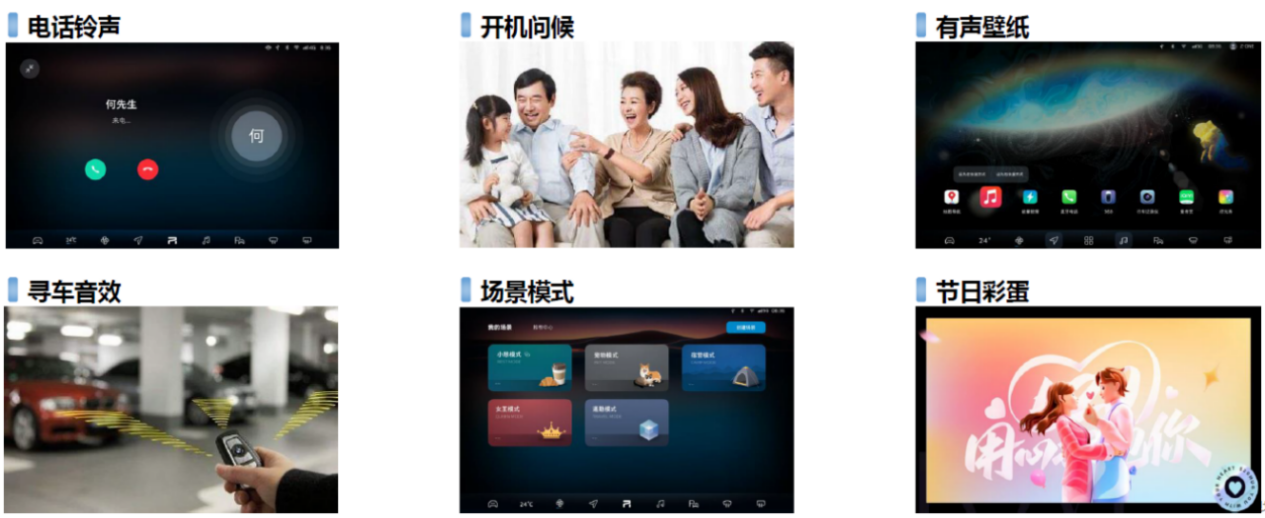
Through the “Sound Workshop,” you can also study how to play with this sound system. You can define your own on-board sound effects, wallpaper sound effects, and holiday menu blessing sound effects. With the two exterior speakers, you can even customize the “finding the car sound,” and you can also play the car’s media source through the exterior speakers, turning the car into a “giant sound system” in camping scenes.
Lie down and Use these Chairs
In fact, as early as the Fevan R7, we found that Fevan’s performance in ergonomics and seat comfort was very outstanding. This advantage is once again amplified on the Fevan F7.
Before talking about the seats, let’s take a look at the hidden concerns of sedentary and CBD-dwelling office workers’ lumbar spine problems: The number of Chinese lumbar spine disease patients has exceeded 200 million, and the detection rate of lumbar disc herniation problems in young people aged 25-39 is as high as 13.93\%, and 37.6\% of white-collar workers are troubled by lumbar spine/spine diseases.
As the second living room of the car, the seat is the most direct support for passengers and drivers. However, after driving many cars, my deepest experience is that it is very rare to find a seat that can balance support and wrapping, fit the body curve, and not cause back pain during long-distance driving.
There are two reasons for this: For new energy vehicle companies, a car with mature ergonomics design requires a large amount of human body data and engineering data accumulation; For traditional joint venture automakers, most of the data comes from European and American consumers, which is not suitable for the Chinese figure.
Therefore, Fevan spent three years, conducting over 3,000+ samplings covering major regions of the country, scanning body curves, and establishing the first comprehensive database of Chinese anthropometric characteristics in China. In development, this database also became the core indicator for Fevan F7 to optimize the seat experience for Chinese people.

Reflected in the actual riding experience, the so-called “Zero-Gravity” seats actually require system optimization of components such as the backrest and seat cushion. For example, after increasing the area of the seat cushion’s support surface, the pressure on the waist will correspondingly decrease; and to match the front convex and back of the lumbar curve with the backrest, four-way waist support adjustment ensures perfect fit between the seat and the waist curve.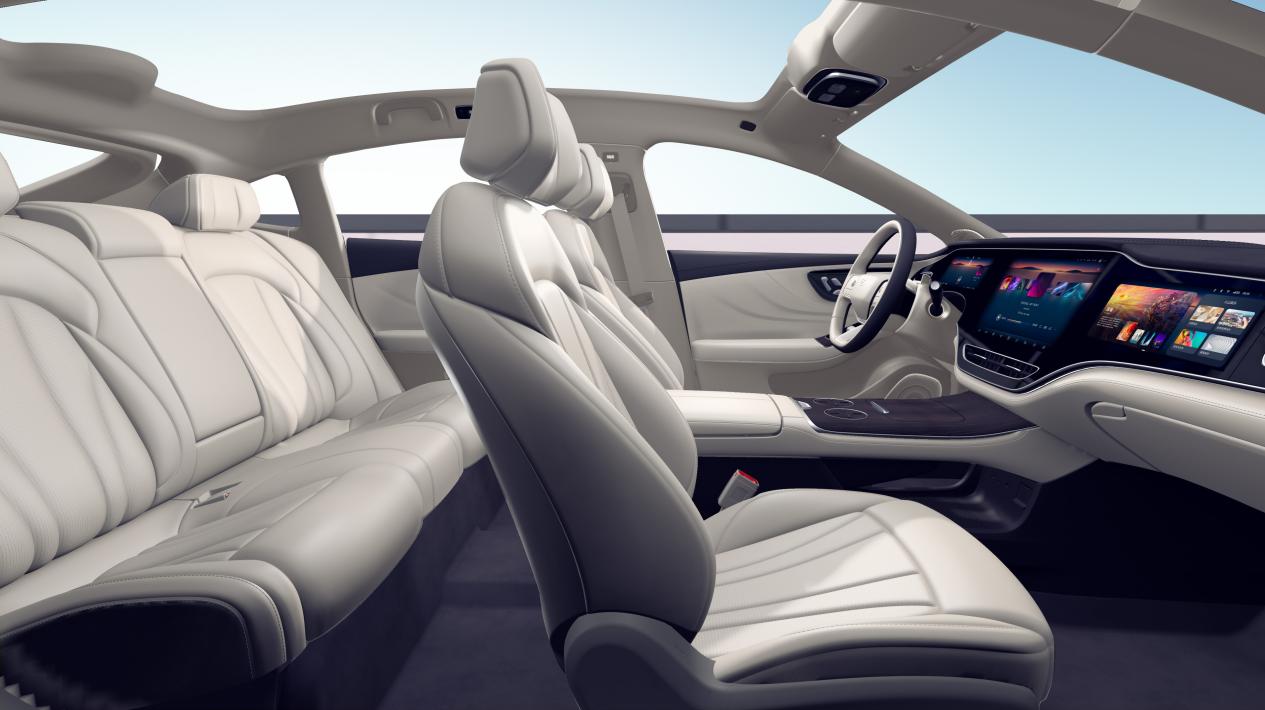
According to the data, the lumbar support of the front seats of FEIFAN F7 is supported by a soft foam layer of 65 mm, and the seat cushion has the longest length of 580 mm in the same level in the hip area, with a total of three layers and 70 mm thick. The co-pilot also has a leg rest, and even the leg rest is equipped with heating function, which is very detailed.
In the back row, the seat of FEIFAN F7 has a length of 496 mm and a maximum filling thickness of 110 mm, which is also the first in the same level.
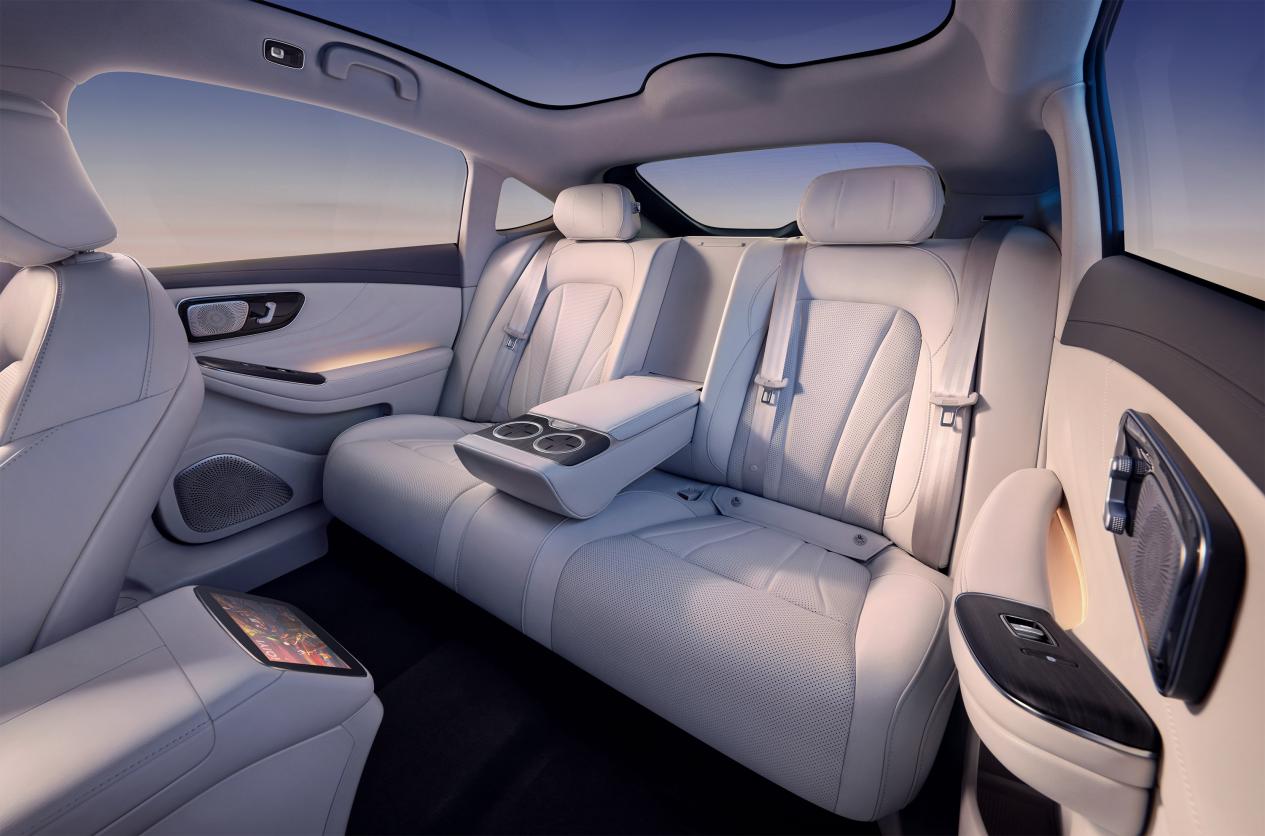
Currently, many electric cars have the problem of high platform, which causes thighs to be suspended during riding, giving a feeling of sitting on a stool. FEIFAN F7 reduces the thickness of the battery pack by 30 mm and the seat height by 28 mm through “lateral cell”, while ensuring the longitudinal space inside the car, avoiding the “saddle stool” problem easily found in pure electric car models.

The above designs are considerations for static sitting, but the car needs to ensure consistency in the driving experience. Therefore, it is crucial to avoid the resonance caused by vibration transmitted from “road-suspension-seat” to the human body. Therefore, in the development process, FEIFAN F7 relies on virtual simulation for weak analysis, optimization and structural reinforcement, allowing the seat to avoid the uncomfortable frequency range of the human body during driving vibration.
Before this, I have not seen such a lengthy explanation of the seat development process in any new car launch event. As the most influential part of the riding experience, although this part is not as topical as the cool technological configuration, the decision made by FEIFAN to invest heavily in human-machine engineering design is a sincere and correct one.
Add Four Wheels to the Theater
The goal of FEIFAN F7 is to create the “most comfortable sedan under 300,000 yuan”, so the performance of NVH mute is beyond reproach and is also an important indicator of vehicle luxury and texture.According to the data from FEV, the noise performance of FF F7 at speeds of 60 km/h, 80 km/h, and 120 km/h is close to that of ET7, but exceeds that of Xpeng P7, Byton Han, and Polestar 1. At 120 km/h, the noise is only 64.8 dB.
In the optimization of wind noise details, FF F7 focuses on 10 key areas of wind noise including the front hood seam, wipers, front windshield, front triangle windows, and liftgate. By continually optimizing the seams, position accuracy, and DTS, the turbulence and wind noise are reduced. As an example of windshield noise reduction, the comparison between the right and left figures in the diagram below shows that after optimization, turbulence is significantly reduced, and surface airflow adherence is improved.
Regarding the windows, FF F7 is equipped with double-layer laminated glass for the front windshield, panoramic sunroof, four windows, and four triangle windows. The windshield and sunroof glass are thickened to 5mm, and the thickness of the front and rear window glass is increased to 6mm.
In terms of the hardware configuration for the powertrain, FF F7 did not compromise power output for comfort. The rear-wheel drive version is equipped with a 250 kW and 450 N·m electric motor, with an acceleration of 5.7 seconds per hundred kilometers, making it stand out among single-motor rear-wheel drive EVs.
The four-wheel drive model adds a front axle motor with a power of 150 kW and a torque of 250 N·m on this basis, with a total output of 400 kW and 700 N·m, and an acceleration of 3.7 seconds per hundred kilometers. The four-wheel drive version also comes with a front axle clutch, which can become a pure rear-wheel drive in low-load conditions to increase endurance.
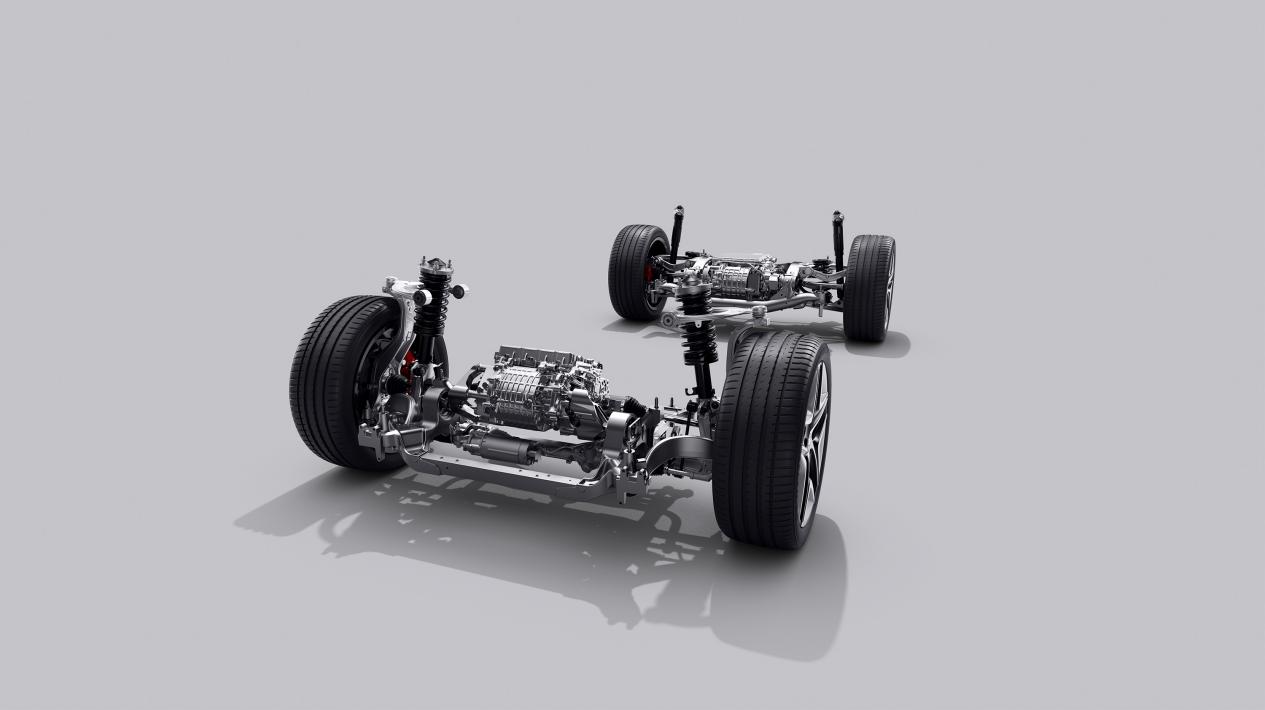
In terms of endurance, FF F7 is equipped with 77 kWh and 90 kWh battery packs:
- With a 77kWh battery pack, the rear-wheel drive version has a range of 576 km, and the four-wheel drive version has a range of 666 km;
- With a 90 kWh battery pack, the four-wheel drive version has a range of 600 km.
According to our charging test experience with R7, the charging time between 5% to 80% takes only 40 minutes, and between 5% to 95% takes 57 minutes. Under the same test conditions, the charging speed of FF R7 ranks second on our 42Test charging test list, second only to Xpeng G9.
! Image15
Believe it or not, FEIFAN F7 will also inherit this advantage. And don’t forget, FEIFAN F7 also has the ability to switch batteries, which can be completed in just 2 and a half minutes. During the battery switching process, the vehicle’s small battery is not disconnected, and the in-car entertainment screen and fan can be used. This is indeed a more superior experience.
! Image16
What’s more important is that after switching batteries, users no longer need to bear the risk of battery loss, which is of great significance for the residual value of the vehicle.
There was also a small detail at the press conference. Many new energy vehicle users reported feeling carsick when riding in electric cars, so FEIFAN F7 specially designed a “motion sickness relief system”. By optimizing the five senses system of vision, hearing, touch, balance (power response, brake feel, kinetic energy recovery), body feeling (seat vibration frequency, seat pressure decomposition, joint head support), it reduces the motion and environmental stimuli that passengers experience, thus reducing the feeling of carsickness.
Achieving such a high level of comfort is indeed an attention to detail.
Exterior & Driving Assistance
Here’s a little cool fact: FEIFAN F7 has a drag coefficient of only 0.206, making it the Chinese brand’s mass-produced vehicle with the lowest drag coefficient, as certified by China Automotive Technology and Research Center. However, FEIFAN F7’s exterior design did not compromise on drag coefficient and become a “big mouse” like the Mercedes-Benz EQ series.
! Image17
In terms of size, FEIFAN F7 is 5,000 x 1,953 x 1,494 mm in length, width, and height, with a wheelbase of 3,000 mm. Compared with its competitors, FEIFAN F7 is longer than the JIKE 001, XPeng P7i, and NIO ET5, and thanks to the ultra-thin battery cells, FEIFAN F7’s height is even lower than that of XPeng P7i.
! Image18The downward styling of the front end of the car creates a slim and sporty image through modular headlights and sharp lines. The short front and long rear overhangs, narrow upper and wide lower window proportions, and longer front end together ensure that the visual effect is not bloated; the low wheel arches and large wheels, as well as “recumbent battery cells,” bring a lower body posture.
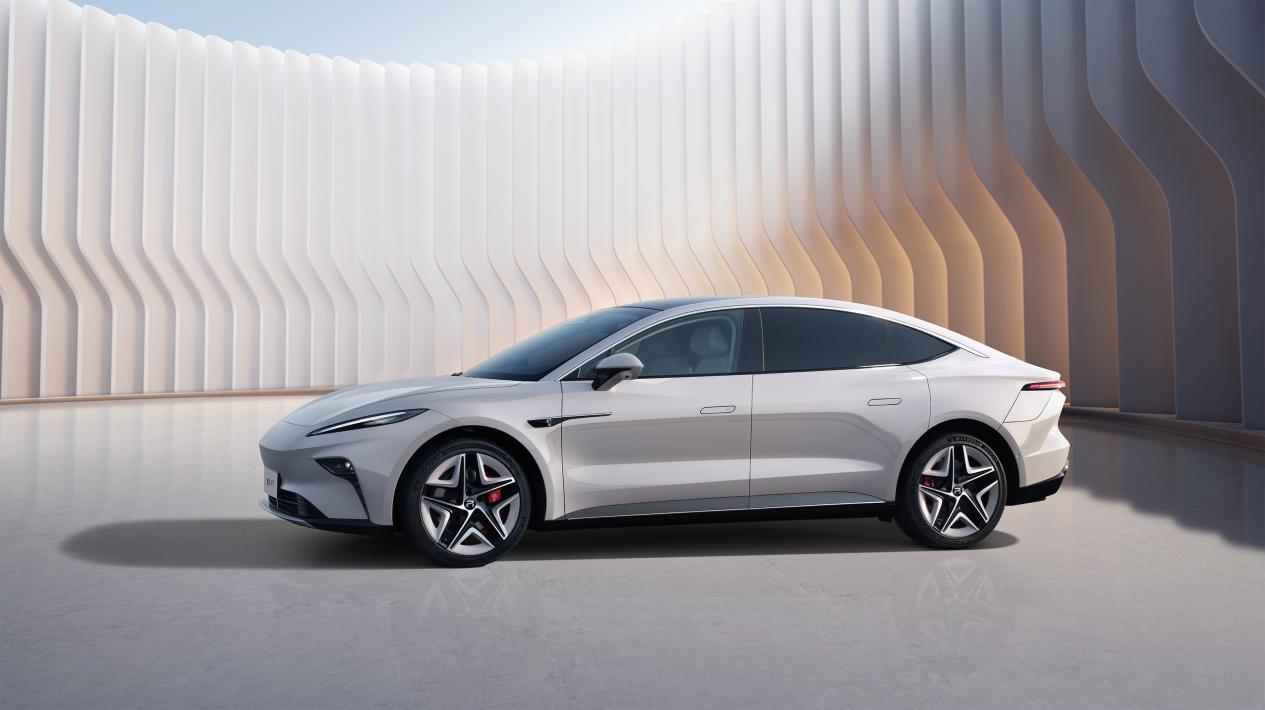
Meanwhile, the Lifan F7 has adopted frameless doors and four-door electric suction.
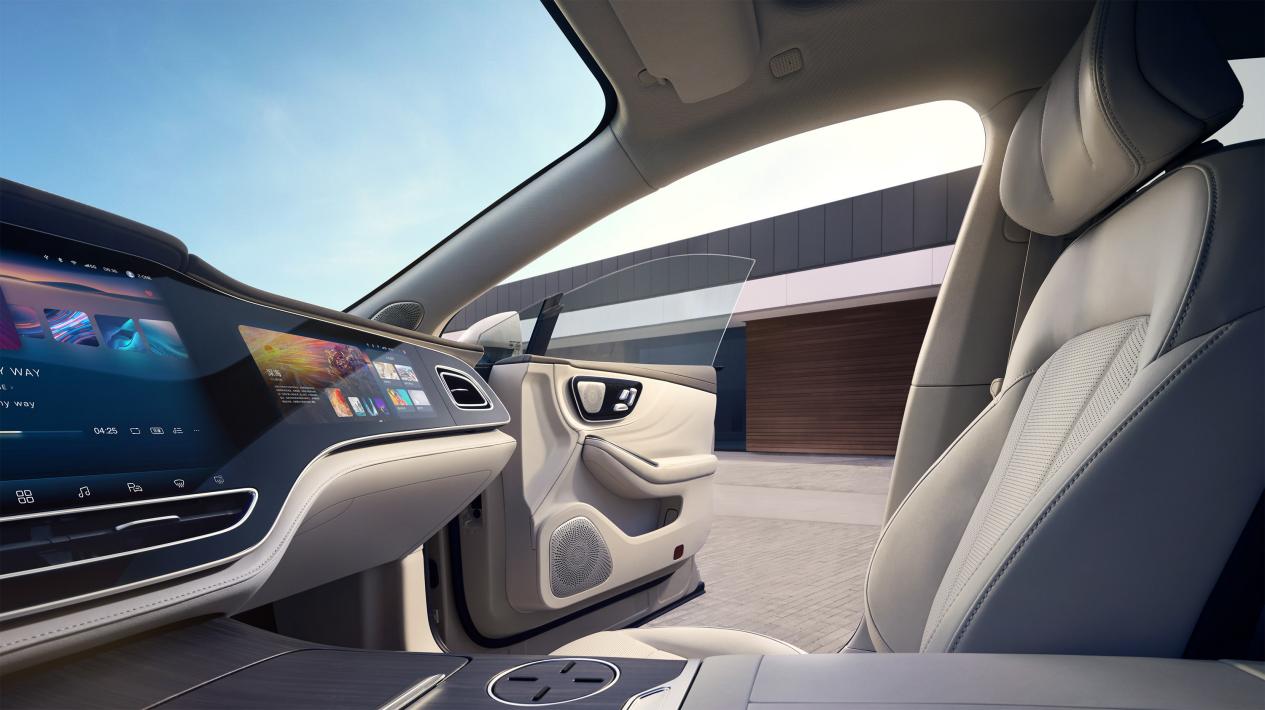
The through-type taillights and diffusers on both sides increase sportiness, which contrasts with the warm interior atmosphere. The Lifan F7 adopts a hatchback tailgate, which is more practical and expandable.
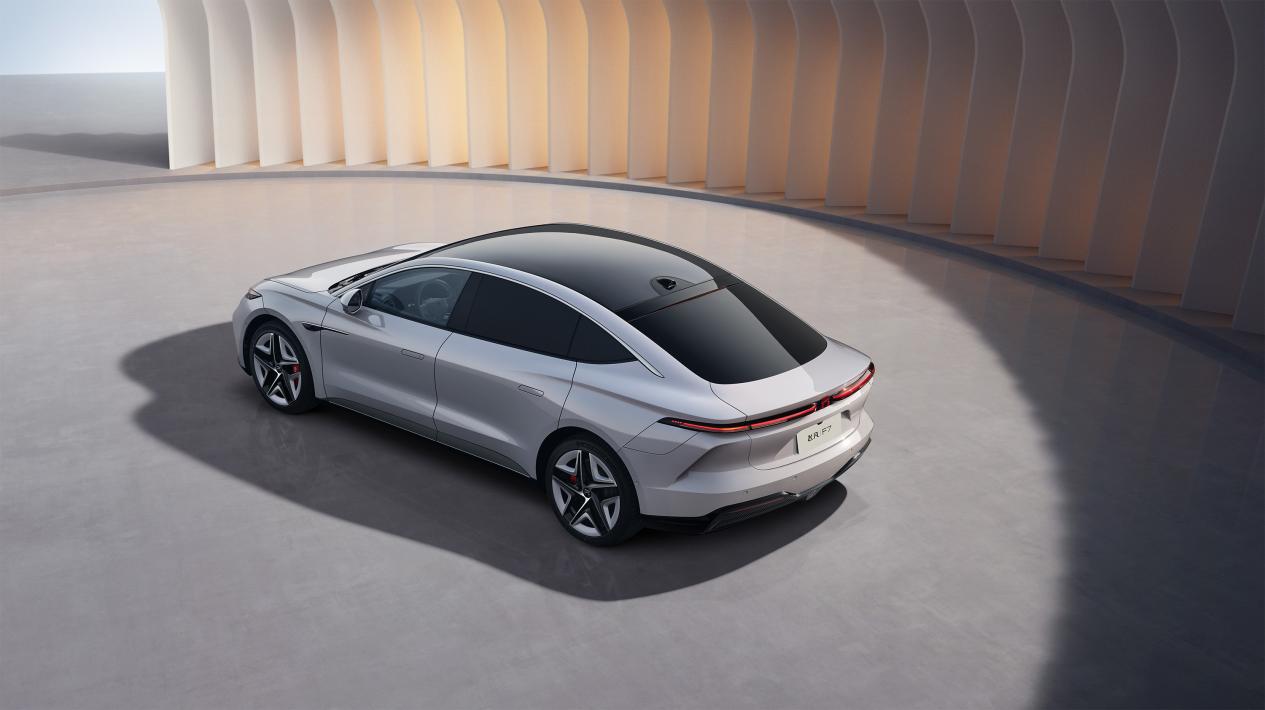

In terms of advanced driver-assistance systems (ADAS), the Lifan F7 is equipped with the same comprehensive configuration as the R7:
Lidar (optional), Premium 4D Imaging Radar, 8 million pixel camera, Orin X Chip, Hella Enhanced Long-Range Point Cloud Radar, Ultrasonic Radar, and High-Precision Maps.
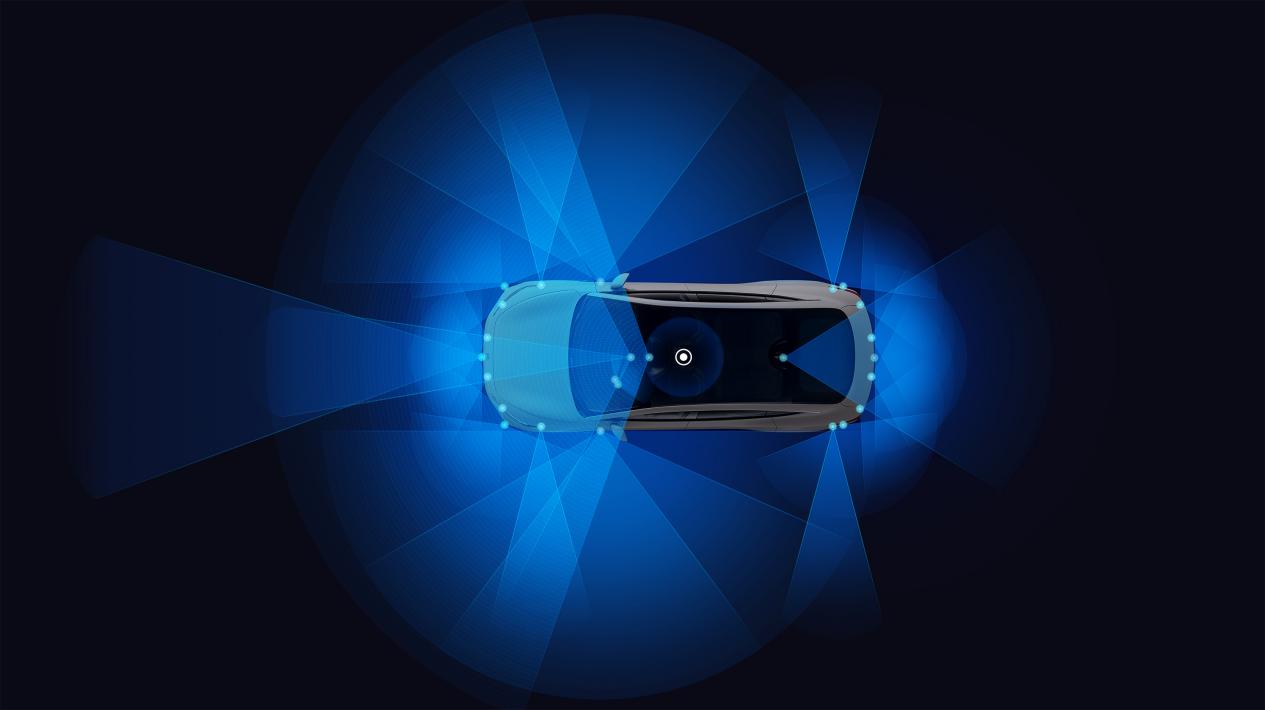
According to our testing of the R7’s ADAS performance, this system is very stable in basic assistance (ACC, LCC, LKA), and both lateral lane control and longitudinal distance control are comfortable and mature enough. In sections covered by high-precision maps, the performance of NoA is also remarkable.
Moreover, according to Lifan’s plan, NoA will cover 33 highways in 22 cities in the first half of this year, further expanding its availability.## Forget the stereotype, there’s more to it than just “cost-effectiveness”
Many people always emphasize the “cost-effectiveness” of Fleva products. However, in the stereotype, products with high “cost-effectiveness” often imply compromises and shortcomings in certain aspects. But from the launch event of Fleva F7, it is clear that this is a model that is well aware of its positioning – to take comfort to the extreme. At the same time, in terms of the three electric systems, intelligent driving, and design, this is a flawless product.
For a new product, the most taboo thing is to want everything. Limited cost, budget, and time will make the product mediocre if all aspects are considered. Fleva F7 wisely chose the strategy of breaking through with a single click and eliminating shortcomings.
After finishing a tiring day of work, who still wants to compete with cars on the road? At least for me now, I really want to take a nap in Fleva F7. This also proves that this car has a memory anchor point in a certain sense, has a topic and something that really interests people.
So, don’t be greedy. If you can capture consumers in a certain niche area, it means you have succeeded halfway.
This article is a translation by ChatGPT of a Chinese report from 42HOW. If you have any questions about it, please email bd@42how.com.
